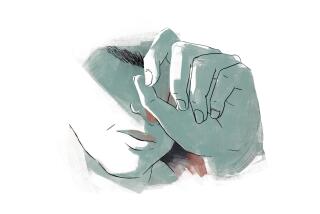More Americans are depressed, but fewer are turning to psychotherapists for treatment, study finds
New Yorkers complaining to – and about – their analysts used to be primary characters in the many films of Woody Allen. But not so much lately.
That change reflects the reality of Americans dealing with depression, according to a study out this week in the Archives of General Psychiatry.
Treatment for depression rose substantially during the 1990s. The disability affected 0.73% of the U.S. population in 1987, and 71% of those patients relied on psychotherapists for treatment. A decade later, the proportion of American adults being treated for depression more than tripled to 2.33%, but only 60% of them were seeing psychotherapists.
The big drop in psychotherapy was probably due to the introduction of selective serotonin reuptake inhibitors, or SSRIs, a class of popular antidepressants that includes Zoloft and Prozac.
The new study found that those trends continued between 1998 and 2007 – the proportion of the population being treated for depression grew from 2.37% to 2.88% during that decade. (That may not sound like a big jump, but it works out to an additional 2.2 million people.) However, the proportion of those patients who got psychotherapy fell from 54% to 43%. Several specific groups were responsible for this decrease – people in the 35-49 age group, Latinos, people who didn’t go to college, the unemployed, and people who get their health insurance through Medicaid, the study reported.
Once again, pills appeared to take up the slack. The percentage of people taking antidepressants ticked up slightly from 64% in 1998 to 75% in 2007. But for many patients, SSRIs gave way to newer kinds of antidepressants.







